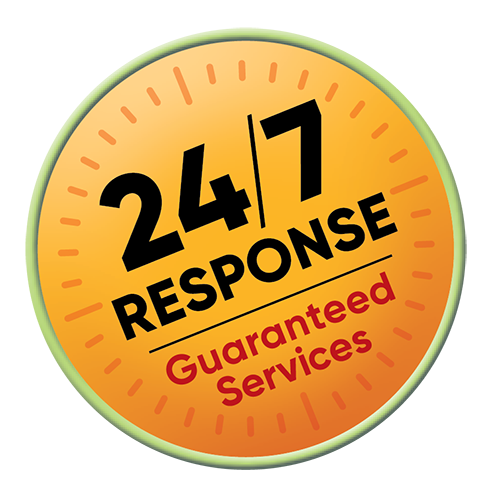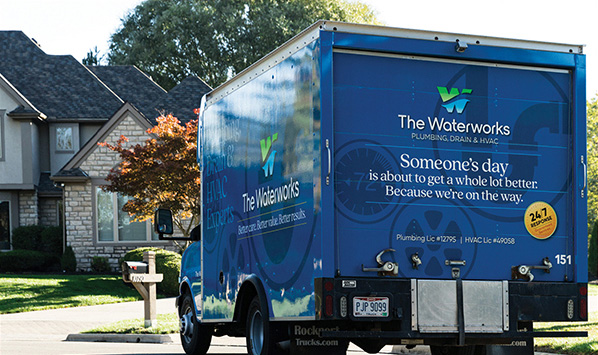
Asthma and Allergies: 10 Tips to keep pollutants out of your Home
Ahhhh… the onslaught of spring in Central Ohio. From the middle of March to the end of May, thousands of residents experience itchy eyes, runny noses, sneezing, and coughing. There’s even hives, wheezing, and difficulty breathing for some. Most folks tend to think of the great outdoors as the source for most allergens, and while many seasonal allergies are generated by pollen and other outdoor nuisances, those allergies could be generated by other things sneaking into your home. Many of these indoor air pollutants can cause chronic suffering and asthma, especially for those who are more susceptible, like young children and the elderly, or anyone who suffers from respiratory problems or auto-immune disorders.
According to the Asthma and Allergy Foundation of America (AAFA), more than 60 million Americans suffer from asthma and/or allergies. These stunning numbers led the AAFA to deem May—which is peak allergy season—National Asthma and Allergy Awareness Month.
What determines your home’s air quality?
The quality of a home’s air mainly has to do with the amount of pollutants inside, but it’s also determined by humidity and ventilation levels. The U.S. Environmental Protection Agency has found that concentrations of pollutants can be up to 100 times higher indoors than outdoors. The American Lung Association estimates that because most people spend 90% of their time inside, clean indoor air is very important.
Wonder what’s lurking in your home’s air?
You can see the dust balls in the corner, however It’s what you can’t see that is most concerning. During our day-to-day activities, we generate all sorts of unseen contaminants and air pollutants like dirt, dust, pet dander. cigarette smoke, and chemicals.
10 Tips to keep key pollutants out of your home:
- Declare your home a smoke free zone. Never let anyone smoke indoors. Respectfully ask smokers to go outside.
- Test your home for radon, an invisible gas that causes lung cancer. Every home should be tested since radon may be found in any home. If your home has high radon, it can be fixed.
- Keep humidity levels under 50 percent. Use a dehumidifier or air conditioner, as needed. Clean equipment regularly so they don’t become a source of pollution themselves.
- Fix all leaks and drips in the home. Standing water and high humidity encourage the growth of mold and other pollutants.
- Put away food, cover trash and use baits to control pests.
- Avoid burning wood internally because it adds pollution to your home’s air. Don’t use outdoor wood boilers, also called hydronic heaters, to heat your home’s water. They add unhealthy soot to the air in your neighborhood.
- Don’t use scented candles or fragrances to hide odors. Figure out what is causing the odor, then address the issue and ventilate to add fresh air.
- Use cleaning, household and hobby products that are less toxic. Don’t store hazardous chemicals in your home.
- Get your air quality tested by a professional.
- Change your HVAC air filters every 3-6 months. Set up a preventative maintenance program with your local HVAC provider for both spring and winter checks.
Ensuring your HVAC system is professionally maintenanced and cleaned twice yearly will keep your air handling system in tip-top shape. The Waterworks Heating & Cooling technicians are available 24/7 to maintain the safety and comfort of your home and family and are happy to provide an air quality test if needed.
Plumbing emergency? We respond any time!





